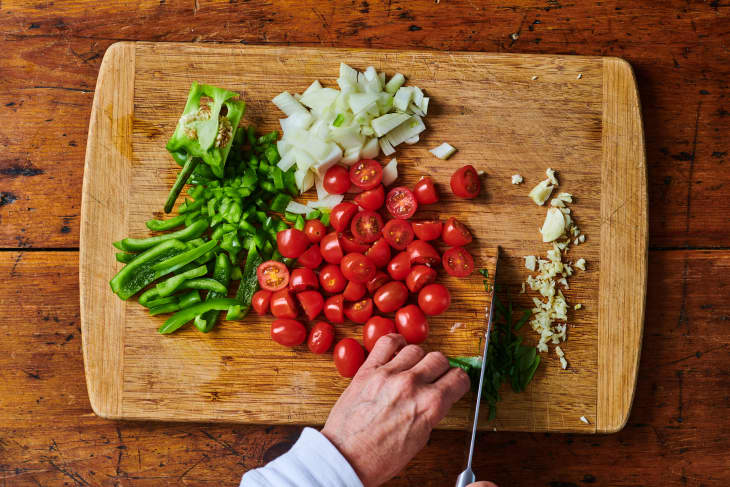Choosing the right type of cutting board is crucial for any kitchen professional, especially when it comes to **preparing meat**. The right cutting board not only enhances your efficiency in the kitchen but also ensures food safety. If you're asking, 'what cutting board should you use for meat?', you have come to the right place.
In this comprehensive guide, we will break down the various types of cutting boards available and discuss the pros and cons of each. Additionally, we will examine the importance of maintaining cleanliness and avoiding cross-contamination when handling raw meat products.

Choosing the Right Material
The first question that arises is the type of material. The material of a cutting board can significantly impact its usability and how safe it is for meat preparation. Here are the most common types:
Wooden Cutting Boards
Wooden cutting boards are often favored by chefs due to their durability and aesthetic appeal. They are gentle on knives and provide a stable surface. However, they require meticulous cleaning and proper maintenance to prevent bacteria growth. If you choose a wooden board, consider checking out this guide on cleaning maple cutting boards.
Plastic Cutting Boards
On the other hand, plastic cutting boards are lightweight and dishwasher-safe, making them a popular choice for most kitchens. They come in various colors that help designate boards for different types of food to avoid cross-contamination. Check this post for more information on preventing cross-contamination.
Bamboo Cutting Boards
Bamboo boards are more sustainable than traditional wooden boards. They are relatively hard and less porous, which helps reduce bacteria absorption. However, they can dull knives more quickly than other materials. For maintaining your boards, refer to our guide on cleaning wooden cutting boards.
Size Matters
When considering what cutting board should you use for meat, size is also a vital factor. A larger cutting board provides ample space to work without the risk of accidentally cutting off the board. It also makes it easier to manage larger cuts of meat.
Standard Sizes
The standard sizes generally range from 12x18 inches to 18x24 inches. However, your choice may depend on the size of your kitchen and your usual cooking tasks. Be sure to select a size that accommodates the meats you typically prepare.
Maintenance and Safety
Once you've chosen the right cutting board for meat, the next step is maintaining it. Proper care is essential to ensure that it remains hygienic and in good condition.
Cleaning Tips
Follow these cleaning tips to maintain your cutting board:
- Wash your board immediately after use with hot, soapy water.
- For wooden boards, use mineral oil regularly to maintain moisture.
- Consider sanitizing your board with a vinegar solution or a bleach solution after preparing meat.
For a detailed cleaning guide, visit this page on cleaning with vinegar.
Signs of Wear
Be on the lookout for signs of wear on your boards, such as cracks or deep grooves, which can harbor bacteria. If your wooden board shows significant wear, it might be time to consider replacing it.

Conclusion
In conclusion, when asking 'what cutting board should you use for meat?', consider materials, size, and maintenance. Wooden, plastic, and bamboo boards each offer unique advantages and drawbacks, making them suitable for different scenarios.
Taking the time to choose the right cutting board, maintaining it properly, and practicing good hygiene in the kitchen will set you on the path to safer cooking experiences.
As an Amazon Associate, I earn from qualifying purchases.


























